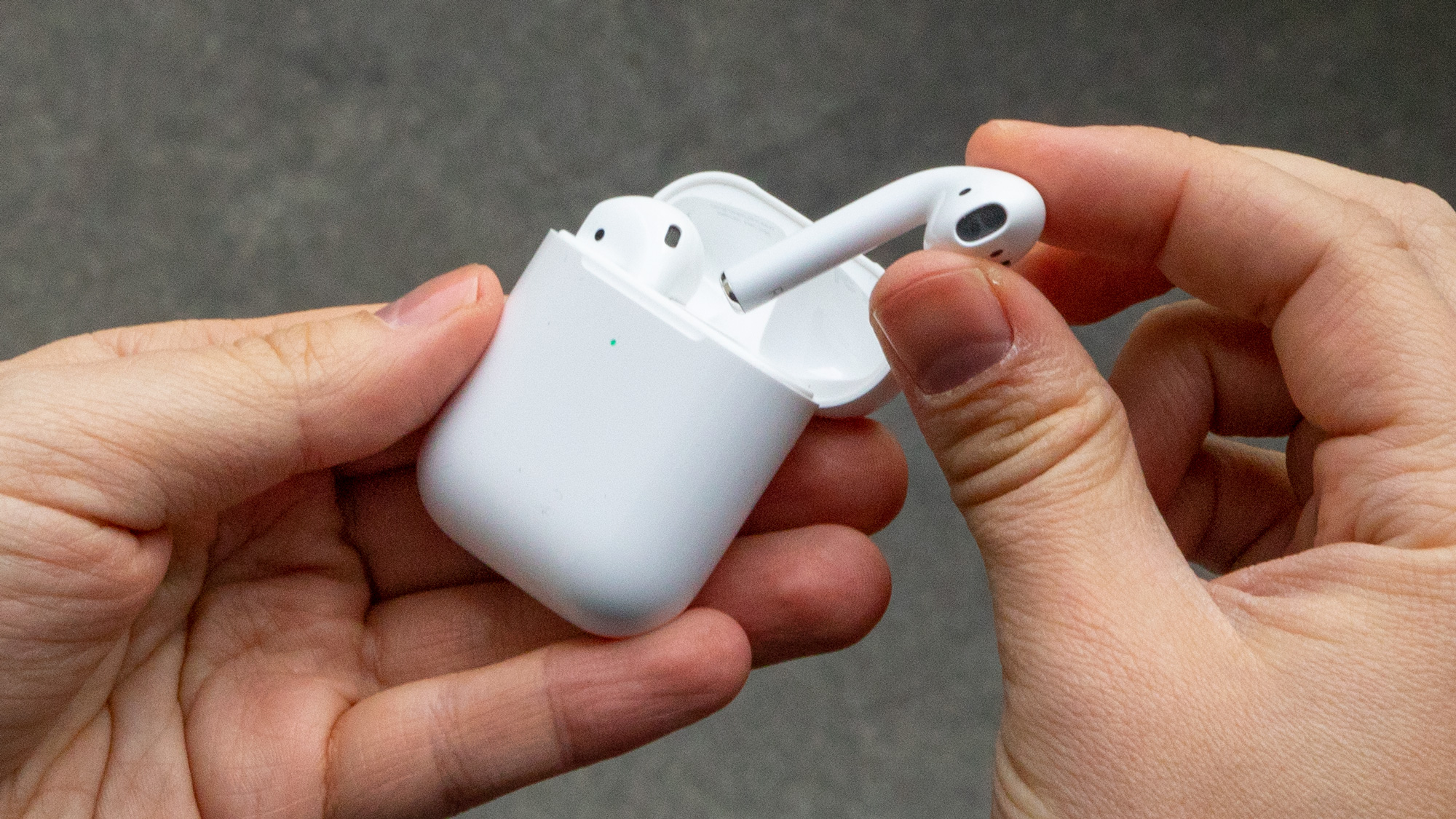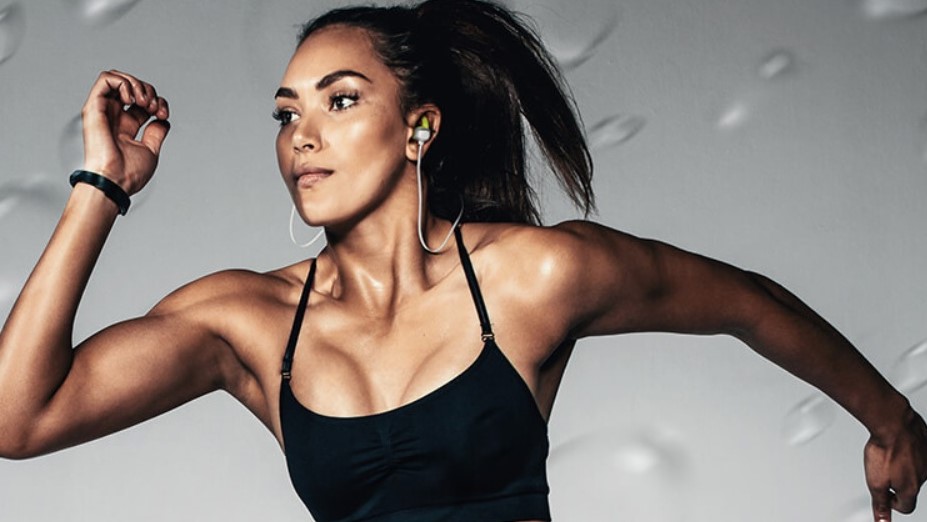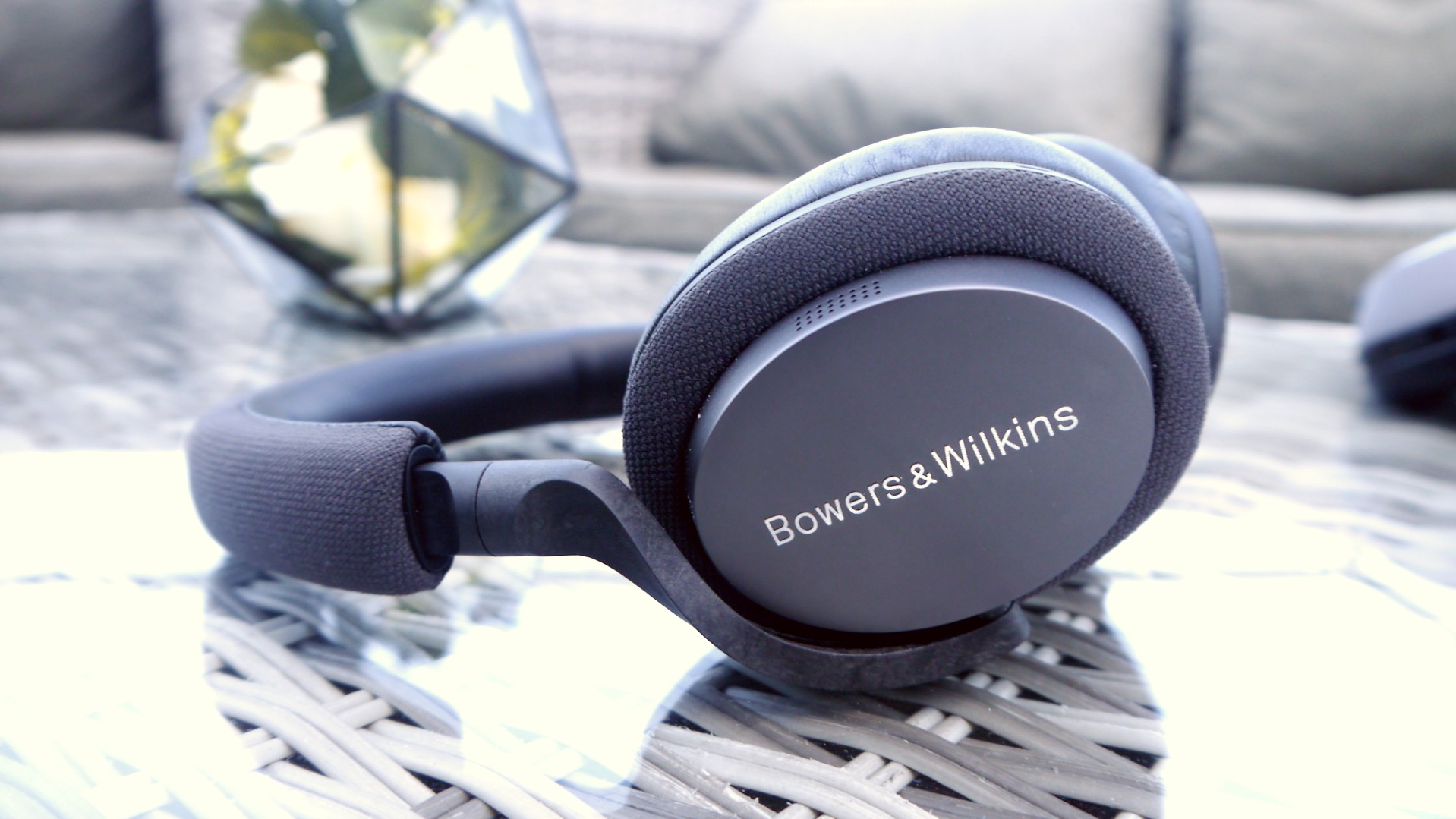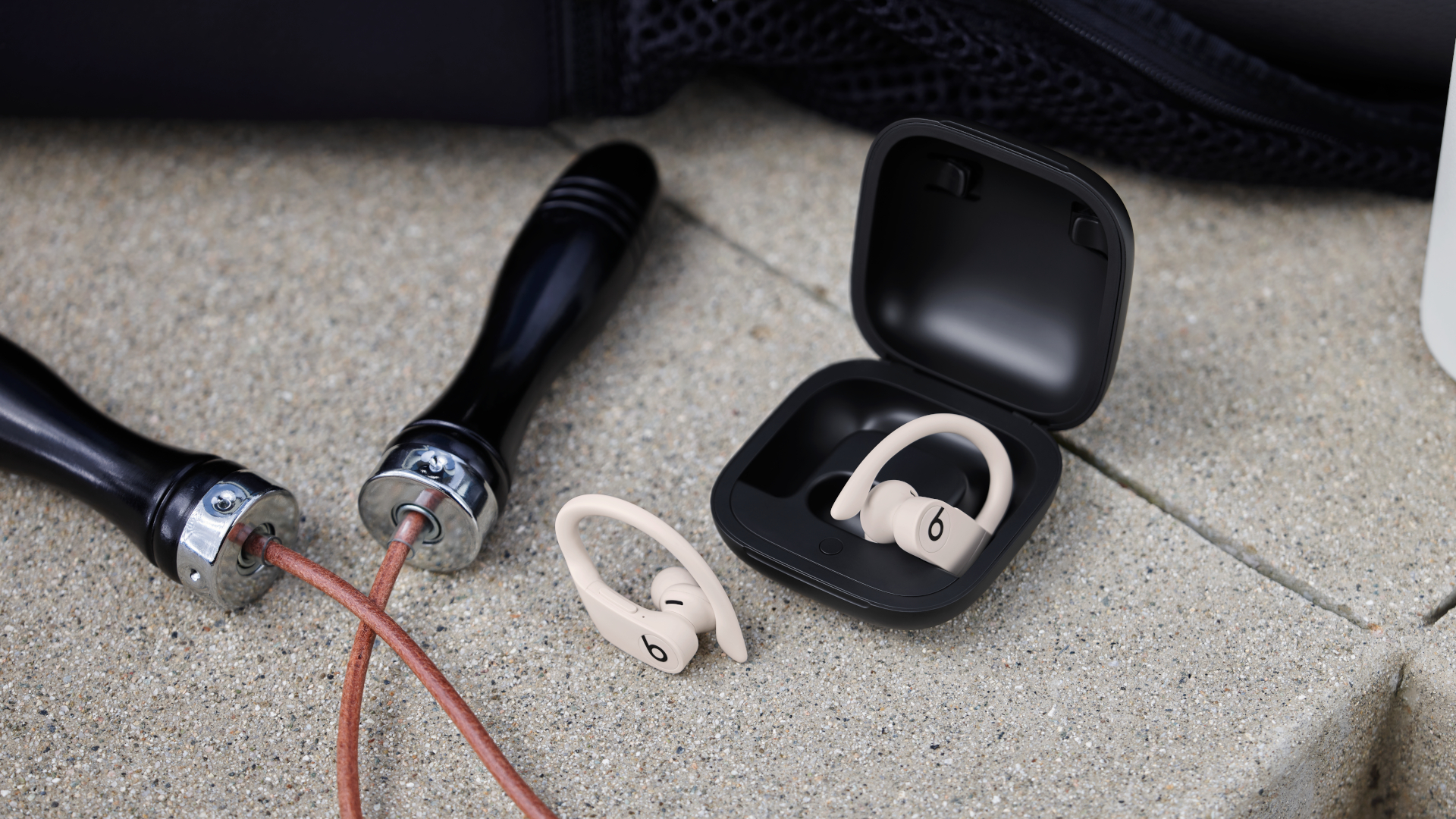There’s no doubt about it: wireless headphones are here to stay. Cutting the cord between your cans and your device, they rely on Bluetooth to transmit your music into your ears.
Just a few years ago, we might have persuaded you to opt for a pair of wired cans instead, as dodgy Bluetooth connections and poor sound quality plagued cordless options.
That’s all changed now – and thanks to advances in Bluetooth technology, widespread support for hi-res audio streaming, and innovative designs, wireless headphones have never sounded better.
These advances have also paved the way for true wireless earbuds to dominate the world of personal audio, with models like the Sony WF-1000XM4, Apple AirPods Pro, and Cambridge Audio Melomania 1 Plus proving how capable the form factor has become.
But which kind of wireless audio tech is best for you? We take a look at some of the most important considerations when it comes to buying a new pair of headphones or earbuds, including price, design, features, and sound quality, and give our verdict on whether you should opt for wireless headphones or true wireless earbuds.

Wireless vs true wireless headphones: what’s the difference?
Wireless headphones can be split into three different categories: wireless earphones connected via a neckband, wireless on-ear headphones, and wireless over-ear headphones – all are battery-powered and use Bluetooth to connect to your smartphone, laptop, portable music player, or even your turntable.
For wireless over-ear and on-ear models, you simply lose the wire connecting them to your device – otherwise, they look pretty much the same as your regular pair of wired cans, and give you the noise-isolating prowess of regular headphones without the need for cumbersome wires to connect to your device.
Wireless in-ear models, earphones, or earbuds (depending on your preferred vernacular), have a neckband connecting each earbud, making them ideal for runners who want the freedom of a wireless connection with the security of a wire keeping their earbuds firmly around their neck.
True wireless earbuds on the other hand, have no cord whatsoever; no wires to get caught in your zipper, and nothing to keep each bud connected to each other. For some, this means true freedom; for others, untethered true wireless earbuds brings the fear of losing their expensive audio kit down the drain.

Wireless vs true wireless: which is best on a budget?
Like all types of headphones, prices vary, and neither wireless or true wireless models will necessarily be more expensive than the other – it really depends on the brand.
Our favorite wireless over-ear headphones, the Sony WH-1000XM4 cost $349.99 / £349 / AU$549, for example, and offer superb noise cancellation, a comfortable build, and an impressive 30-hour battery life.
That doesn’t mean you can’t get wireless over-ears and on-ears for budget-friendly price – skip out on the noise cancelation and premium materials, and you can get models like the Sony WH-CH510 for $59 / £50 / AU$89.
Wireless earbuds prices vary as well, from the excellent Nuraloop headphones ($199 / £199 / AU$299) to the $99 / £99 Optoma NuForce Be Sport 4.
It's the same story for true wireless earbuds. The best true wireless earbuds you can buy right now are the Sony WF-1000XM4, and they cost $279.99 / £250 / AU$449.95 – but we also love the EarFun Air Pro, which offer noise cancellation and a good battery life for $80 / £70 / AU$120.
Verdict: Both! Price depends more on the brand and the materials than whether your headphones are wireless or true wireless.

Do wireless headphones sound better than true wireless earbuds?
Not necessarily – these days, sound quality depends more on the drivers inside your headphones or earbuds rather than whether they use wireless or true wireless technology.
With recent advances in Bluetooth technology like aptX HD, wireless and true wireless listening is getting better all the time; sure, audio purists will argue that wired headphones will always offer superior sound quality.
This is because, traditionally, wireless headphones transmitted a compressed version of your music from your device to your headphones over a Bluetooth network. This compression lowered the resolution of your music, sometimes making it sound artificial and digital.
While the latest versions of Bluetooth are able to transmit hi-res audio wirelessly, you need a device and headphones that support these high-quality codecs to feel the full benefits – otherwise, you may find yourself listening to a compressed version of your tunes.
If you're looking for hi-res-compatible headphones, check out models like the Bowers & Wilkins PX7 and the Grado GT220.

Wireless headphones of any kind can be vulnerable to interference from other devices. According to Decibullz, “any device that gives a wireless signal matching the frequency of the signal used by your wireless headphones can interfere and degrade sound quality”.
This can be an even bigger problem with true wireless earbuds – after all, many models feature an extra step of Bluetooth transmission between the left and right buds, which means there are more opportunities for problems to occur.
That’s not to say wireless headphones sound better than true wireless headphones as a rule. Sound quality usually comes down to the drivers used inside your headphones’ speakers; powerful drivers made from premium materials make bass frequencies sound more thumpy and give your music more oomph.
Generally, over-ear headphones sport larger, more powerful drivers than their in-ear counterparts, and for many users, this provides a more immersive listening experience that reveals lots of detail in your music.
Don’t dismiss in-ear wireless or true wireless models, though; the Cambridge Audio Melomania 1 Plus sound fantastic despite their small size.
Verdict: Wireless over-ear headphones (usually).

Should I buy wireless or true wireless headphones for noise cancellation?
Noise cancellation can be split into two categories: passive and active. Passive noise-cancelation is when your headphones physically insulate your ears from the noise of the outside world.
Over-ear headphones tend to do this better than in-ear models, by virtue of large, padded ear cups that enclose your entire ear.
Active noise cancellation (ANC), on the other hand, uses clever electro-acoustic technology to “make a mirror-image of the disrupting noise’s sound wave”, effectively cancelling it out.
As they don’t rely on the physical barrier of over-ear headphones, active noise cancellation can work with in-ear models too – but a combination of both passive and active noise cancellation is your best bet for blocking out the world around you.
Not too long ago, we would have advised you to buy wireless over-ear headphones if noise cancellation is your biggest concern. However, true wireless and wireless earbuds have come a long way, and are now among some of the best noise-cancelling headphones on the planet.
If you're looking for ANC wireless headphones or noise-cancelling earbuds, check out models like the Sony WH-1000XM4, Bose Noise Cancelling Headphones 700, Bose QuietComfort Earbuds, and the Apple AirPods Pro.
Verdict: Both wireless over-ear headphones and in-ear headphones can offer great noise cancellation.

Are wireless or true wireless headphones best for working out?
Few people want to wear a pair of over-ear headphones (although the Adidas RPT-01 are worth checking out if you do) for a sweaty workout – so this one’s between wireless in-ears and true wireless earbuds.
As long as they have a sweat resistance IP rating – IPX4 and above – and offer a decent level of bass to bolster your running performance (your workout is probably not the time to listen to contemplative folk music), either wireless or true wireless can be fantastic.
The question you need to ask yourself is whether you want to additional security of the neckband afforded by wireless in-ear headphones – if you’re paranoid about losing a true wireless earbud down the drain, stick to wireless.
That being said, if you hate the feeling of a wire pounding against your neck as your run, true wireless is the way to go; no cords to get tangled in makes for a freeing running experience that can’t be rivaled by neckband models.
Verdict: Wireless in-ear headphones or true wireless earbuds.
- Check out our guide to the best headphones for every music genre
from TechRadar - All the latest technology news https://ift.tt/3whGeDs








No comments:
Post a Comment